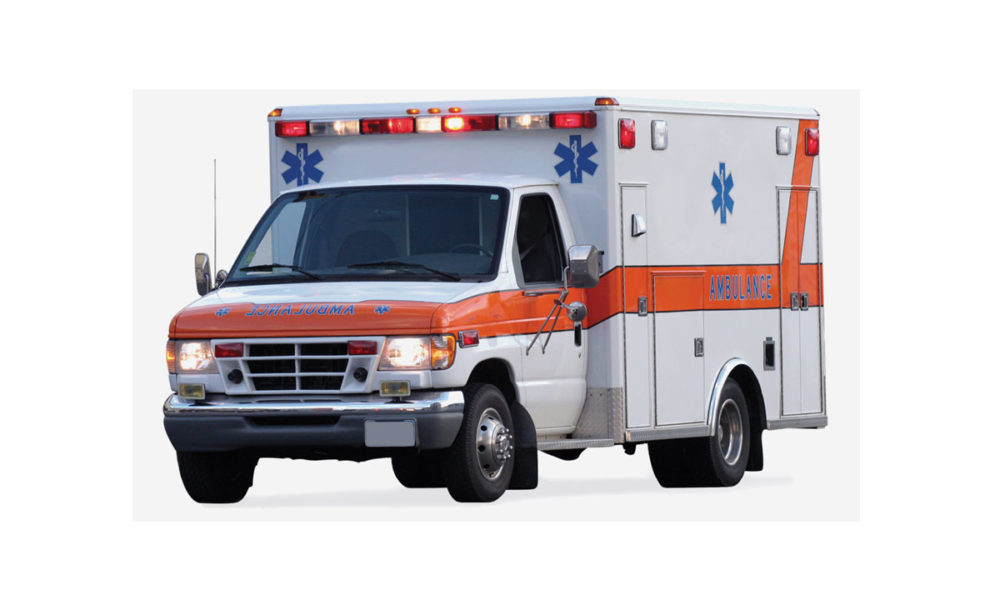Know how and why to activate the Emergency Medical Service for your event.
You may have never noticed the ambulance, nestled between the snack stand and the scoreboard, at almost every football game or marching competition. I have enjoyed events from many vantage points, including the front bumper of an ambulance. Any large public event, such as a drum corps or marching band show, requires some planning and coordination between event organizers, the facility, and emergency responders.
If you are responsible for organizing an event, be sure to contact your local ambulance service well in advance. To request ambulance standby service, you may find a request form on the ambulance service’s website. If not, contact the ambulance service administrative office using a listed non-emergency phone number. Do not dial the 911 emergency line for standby service requests.
In many areas of the country, the availability of Emergency Medical Services (EMS) can be scarce. Some communities rely upon volunteer EMS personnel in suburban and rural areas. Other ambulance services may already be short-staffed and rely upon personnel working overtime for your event.
Types of EMS
Just as many instruments make up an ensemble, an EMS system is comprised of a harmonious group of medical professionals. Each has a specific role. While the ambulance service will do its best to meet your needs, understand their capabilities by giving them cues using their terms.
Basic Life Support (BLS) is out-of-hospital emergency medical care, such as those listed, provided by an Emergency Medical Responder (EMR) or Emergency Medical Technician (EMT).
- Vital signs check
- Basic airway management
- Oxygen administration
- Spinal motion restriction
- Bandaging/splinting
- Other basic treatments*
Advanced Life Support (ALS) is out-of-hospital emergency medical care provided by an Advanced Emergency Medical Technician (AEMT), paramedic, or another advanced practice provider. ALS can perform all BLS assessments and treatments, in addition to the following services:
- Cardiac monitoring
- Advanced airway management
- Intravenous (IV) fluid therapy
- Other advanced treatments*
*Specific treatments may differ in scope by state, region, and ambulance service.
Ambulance Availability
Be sure to clarify your expectations for the ambulance to be present. A committed standby will ensure an ambulance remains on site for the duration of the event. A non-committed standby does not guarantee that an ambulance will be present for the duration of the event. The ambulance would be in service for off-site emergency calls, coming and going as necessary.
Emergency Action Plan
Activating the emergency response system by calling 911 is the first step in every American Red Cross first aid training scenario. However, when EMS is already on site, you instead need a reliable means of communication and a procedure for event staff to activate the service. Not every encounter with EMS will result in a transport to the hospital. When in doubt, even for a seemingly simple cut, EMS is there to help.
Next time that you march past the ambulance on the way on or off the field, give your ambulance crew a nod. At any moment, they may be called to attention—to render aid to the injured or ill.
Learn more about game day security in an article from December 2019.

